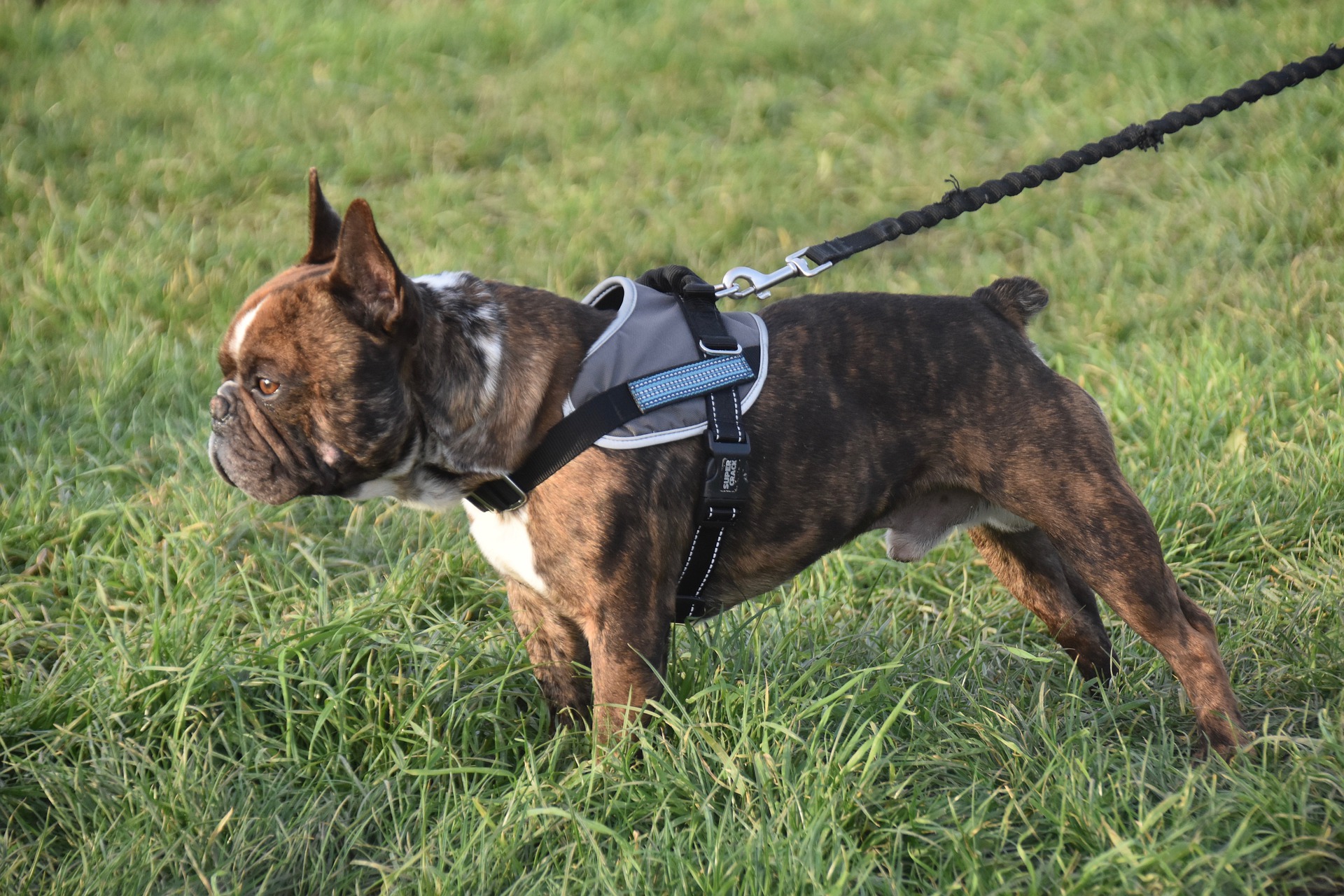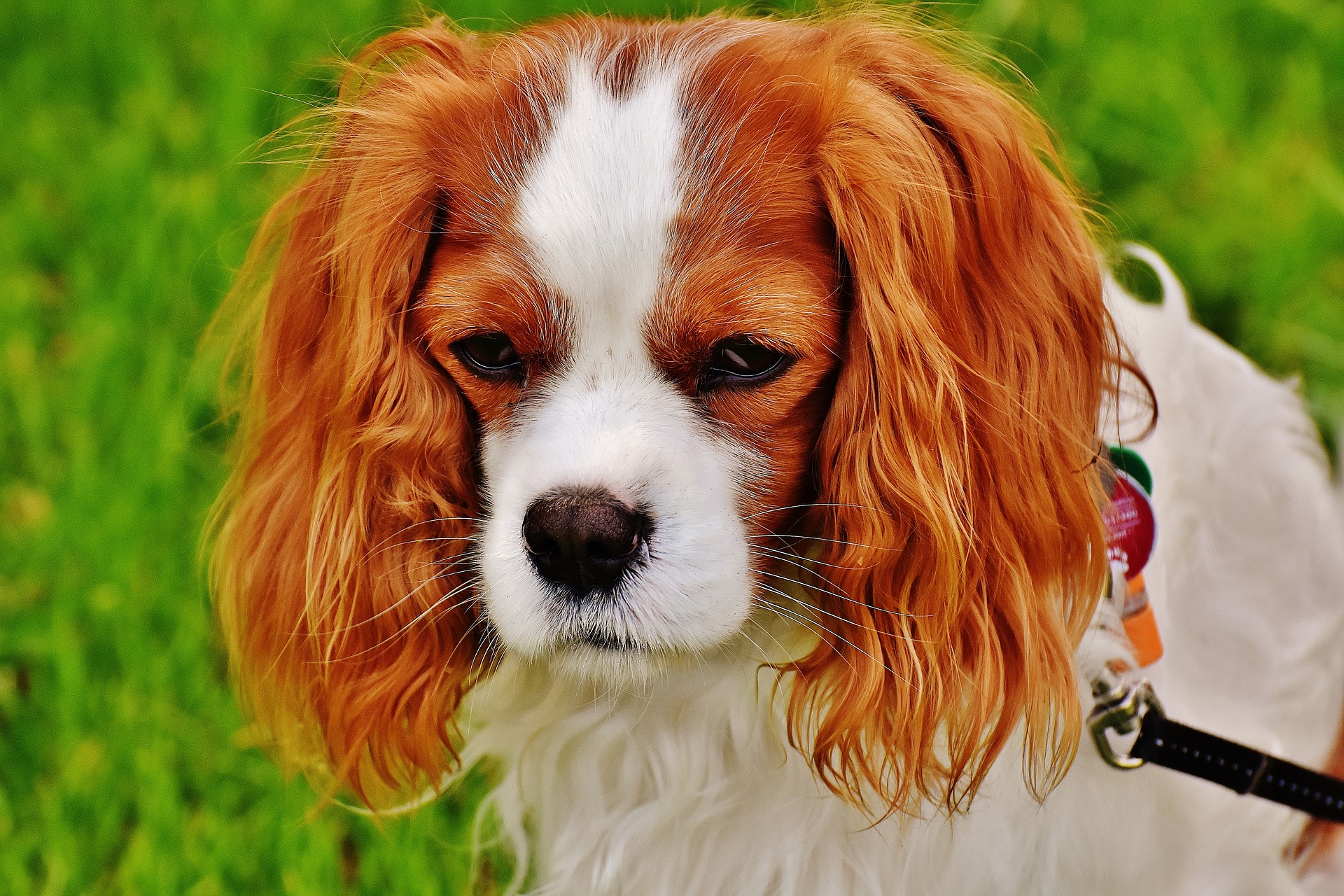
Does walking your dog feel like an arm work-out or a game of tug-of-war from them pulling you? This can be quite frustrating when going for a nice walk, but there are ways you can fix this.
Why does my dog pull on the leash?
As you can probably imagine, being ‘tied’ to a human is unnatural for dogs. All they want to do is explore nature and a lot of the time they want to do it fast! The outside world is very exciting and a human's walking pace can be too slow, but they must learn to obey their handler and be well behaved.
The best way to teach your dog not to pull when they reach the end of their leash is to train loose-leash walking.

Ensure you have all the right equipment for your walk
- A leash- You will need a leash that is around 10 inches in length that is comfortable for both you and your dog. A retractable leash isn’t recommended as it should be a fixed length.
- Collar- the most recommended collar is a flat one in which you can fit 2-4 fingers between it and your doggie’s neck. Be sure that it is a comfortable fit and it won't come up your dog's neck and it also won't choke him. If your dog chokes or coughs from pulling the leash with a collar on, you should use a harness instead.
- Harnesses- these are a wonderful tool for any dog on a walk. There are 2 types, a y-style or an h-style. You must ensure the harness is well fitted and the dog's shoulder joints have plenty of moving space. They should only be worn with a leash. It should be easy to put on and off and your dog should not be able to slip its way out of it.

- Head collars- you must take time to introduce this to your dog if you decide to use one. They aren’t used to having things on their face, therefore, it can startle them. They fit around the ears and the nose and can help with controlling your dog. They also don’t work with every dog, so if one doesn’t seem to work with your dog and you decide to keep trying others, it may be the case of it just not working. When wearing one of these, you should have another leash on the harness or the collar of the dog. This is in case your dog lunges forward or pulls hard on the leash and causes a strain on its neck.
How to train loose-leash walking
U-shape in leash
If you allow your dog to pull on the leash from when they are a puppy, they will learn that this is an okay thing to do. You can train them to do otherwise with the right tricks, so here are some to get started.
If you catch your dog pulling on the leash when out walking, try turning and walking the other way. This will cause her to stop pulling as she will be behind you. Or, you could just stop walking completely. Wait until there is a U-shape in the leash until you start walking again. This may have to happen again straight away, but training takes much patience and consistency in order for it to work.
At times, even when your dog isn’t pulling on the leash, try to keep the U-shaped slack in the leash as much as possible. Be predictable! This will reinforce the behavior even more. Even keep a treat pouch handy so you can reward your dog when things are going well. For example, when you stop walking and your dog stops pulling, reward and praise so they know what they are doing right.

Exercise your dog before walks
If your dog is too full of energy when going for their walk, they are going to be much faster and excited, causing them to pull you in the direction they want to go. You may think a walk is your dog’s daily exercise, and well, it is and it isn’t. Your dog still needs other exercises as well as their walks, like a vigorous play session. All dogs need plenty of physical, mental, and social stimulation daily. Getting all of these things will most likely make walks easier, as they won’t be as energized.
Reinforce good behavior
As said before, it is a good idea to keep a pouch of your dog’s favorite treat so when you see them doing the correct behaviors, such as being well-behaved when out walking, you reward them for this behavior to reinforce it. This will keep you on track to success and help your dog learn not to pull when on a leash.












